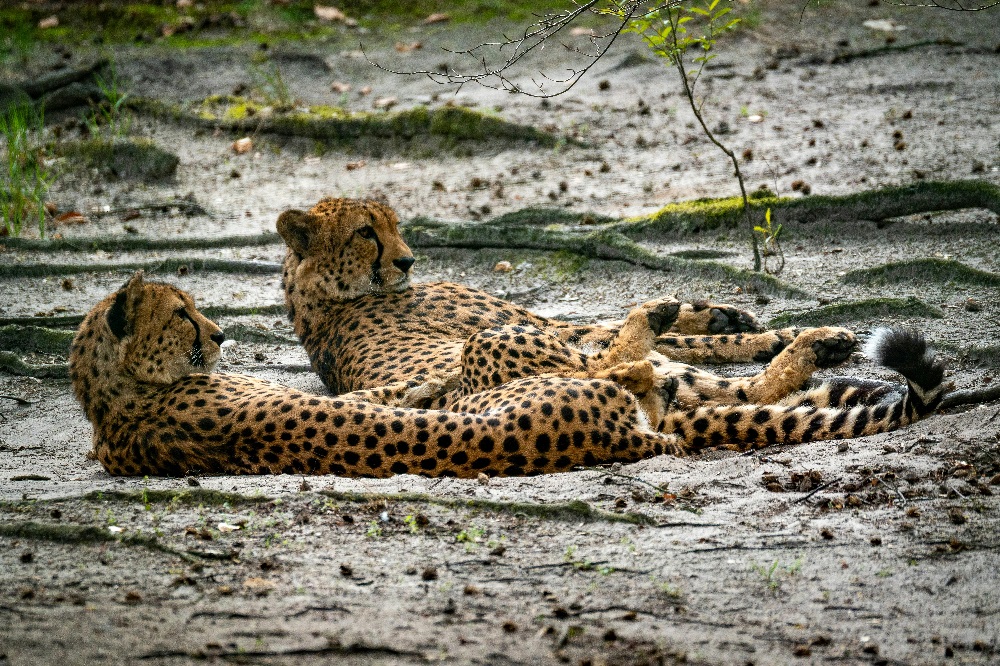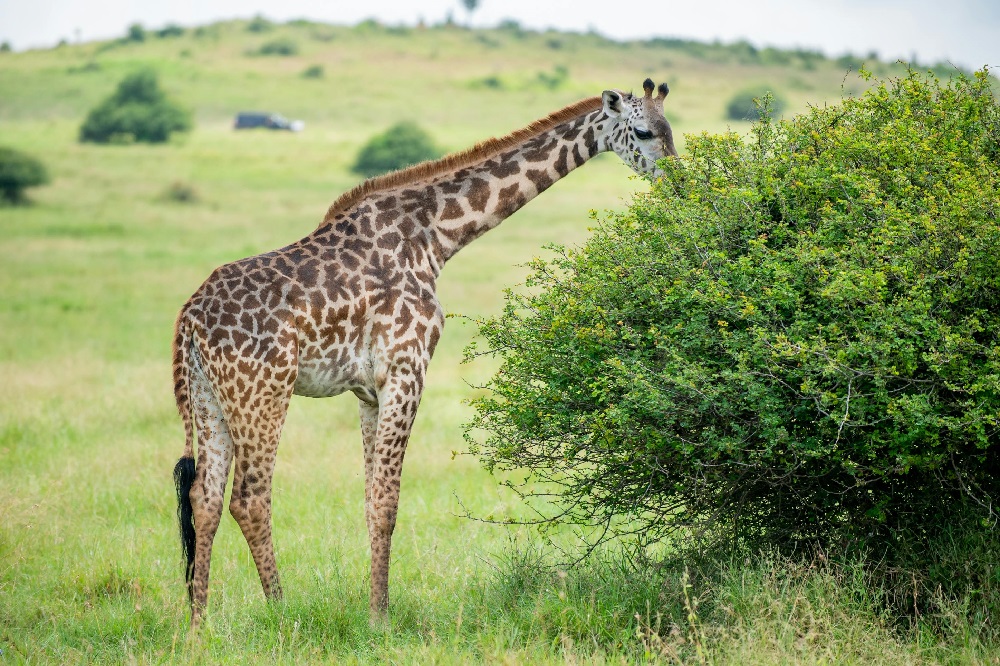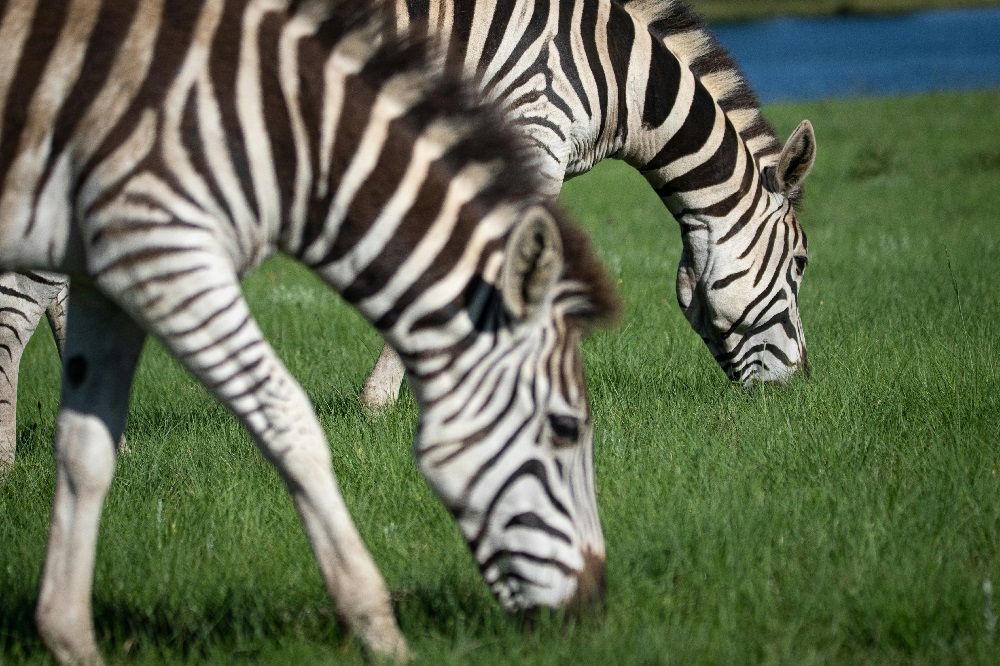The number of days needed for a Tanzania safari depends on the depth of experience a traveler desires, the parks they wish to visit, and the pace at which they want to travel. For most visitors, a minimum of seven to ten days offers a balanced experience, allowing them to explore the country’s most iconic reserves without feeling rushed. A shorter safari of three to five days can provide excellent game viewing if focused on one or two parks, such as the Ngorongoro Crater and Serengeti National Park, but may limit exposure to different ecosystems and animal behaviors. In contrast, an itinerary of two weeks or more allows travelers to combine the northern circuit, which includes Serengeti, Ngorongoro, Tarangire, and Lake Manyara, with the more remote southern parks such as Ruaha and Nyerere (Selous). The longer the trip, the greater the chance to witness unique events like the Great Migration river crossings or wildebeest calving season, and to enjoy both game drives and more immersive activities such as walking safaris. Time spent also influences the rhythm of the journey—longer safaris allow for relaxed mornings, full-day drives, and evenings around the campfire without the pressure of a packed schedule.
Which Safari Is Better, Kruger or Serengeti?
Comparing Kruger National Park in South Africa and Serengeti National Park in Tanzania often comes down to personal travel goals. Kruger is known for its accessibility, well-developed infrastructure, and ease of self-driving, making it a great choice for travelers seeking flexibility and comfort. It offers diverse wildlife and an excellent chance of seeing the Big Five in a relatively short time. The Serengeti, however, is famed for its vast open plains and the awe-inspiring spectacle of the Great Migration, when over a million wildebeest and hundreds of thousands of zebras move across the ecosystem in search of fresh grazing. While Kruger has a higher density of roads and lodges, the Serengeti’s appeal lies in its sense of raw wilderness and scale, with fewer vehicles per sighting and landscapes that seem to stretch forever. For those seeking convenience and luxury, Kruger often comes out ahead, while the Serengeti is the choice for travelers who want an expansive, untouched safari experience and the possibility of witnessing one of the most dramatic wildlife events on the planet.
How Much Does a 10-Day African Safari Cost?
A 10-day safari in Africa can range widely in cost depending on destination, level of accommodation, and travel style. In Tanzania, a mid-range 10-day itinerary that includes Serengeti, Ngorongoro Crater, Tarangire, and Lake Manyara often falls between $4,000 and $7,000 per person, including park fees, guides, transportation, meals, and accommodation. Luxury safaris that feature high-end lodges, private vehicles, and fly-in transfers can cost $10,000 to $15,000 or more per person. Budget-conscious travelers can find group camping safaris for around $2,500 to $3,500, though these involve simpler facilities and longer travel times. The higher costs in Tanzania compared to some other African destinations are largely due to high park fees and logistical challenges in reaching remote areas, but the rewards are exceptional wildlife encounters, uncrowded viewing, and world-class landscapes. A 10-day trip strikes a balance between depth and cost, giving travelers enough time to explore multiple ecosystems without incurring the higher expenses of a multi-week journey.
Which Is Better, Masai Mara or Serengeti Safari?
The Masai Mara in Kenya and the Serengeti in Tanzania form part of the same ecosystem, and together they host one of the greatest wildlife spectacles on Earth: the Great Migration. The key differences lie in size, seasonality, and visitor experience. The Serengeti is much larger, covering nearly 15,000 square kilometers, which allows for more extended exploration and a greater diversity of landscapes. The Masai Mara is smaller but often offers denser wildlife concentrations in certain areas, making for high-quality sightings in a shorter time frame. For migration viewing, the Mara is best from July to September during the dramatic river crossings of the Mara River, while the Serengeti offers migration sightings at different times of the year, including the calving season in January and February. The Serengeti generally feels more remote and wild due to its size, while the Mara can be busier with more vehicles at sightings. Many travelers choose to visit both for a complete migration experience, taking advantage of each park’s strengths.
How to Dress for Safari in Tanzania?
Dressing appropriately for a safari in Tanzania means balancing comfort, practicality, and respect for the environment. Neutral-colored clothing—such as khaki, beige, and olive—is best, as it blends into the surroundings and minimizes disturbance to wildlife. Lightweight, breathable fabrics are ideal for hot days, while long sleeves and trousers provide protection from the sun and insect bites. Early morning and evening game drives can be cool, so packing a fleece or light jacket is recommended. Comfortable walking shoes or sturdy boots are important for any on-foot activities, and sandals or casual shoes are suitable for time spent in camp. A wide-brimmed hat, sunglasses, and sunscreen are essential for sun protection, and a scarf or buff can be useful for dust during game drives. In the wet season, a light waterproof jacket is invaluable. Practicality should always guide packing choices, ensuring that clothing can adapt to Tanzania’s varied climates and conditions.
What Is the Best Country to Go on a Safari?
The “best” country for a safari depends on the type of experience a traveler is seeking, but Tanzania consistently ranks among the top choices for its sheer diversity and scale of wildlife viewing. With iconic destinations like Serengeti National Park, Ngorongoro Crater, and Tarangire National Park, Tanzania offers year-round opportunities to see large concentrations of wildlife in natural habitats. The Great Migration sets it apart, offering a spectacle unmatched anywhere in the world. Botswana, Kenya, South Africa, and Namibia also offer outstanding safari options, each with unique draws: Botswana for its pristine, exclusive wilderness; Kenya for its rich culture and migration views; South Africa for accessibility and variety; and Namibia for striking desert landscapes. However, Tanzania’s combination of vast protected areas, minimal human interference, and the chance to witness one of nature’s most dramatic events often gives it a leading edge for those seeking the quintessential African safari.
Which Safari Is Cheaper, Kenya or Tanzania?
Kenya generally offers slightly more budget-friendly safari experiences than Tanzania, largely due to lower park entry fees and a greater concentration of lodges and camps catering to various budgets. The Masai Mara’s fees are lower than the Serengeti’s, and the proximity of many parks to Nairobi reduces transportation costs. Tanzania, by contrast, has higher park fees and larger distances between key destinations, which increases logistical costs. That said, Tanzania’s higher fees are part of a deliberate conservation strategy aimed at reducing overcrowding and maintaining pristine conditions. Budget travelers may find Kenya more accessible for short safaris, while Tanzania offers a more remote and less crowded experience that many travelers are willing to pay a premium for. Ultimately, while Kenya might be cheaper, the choice should be based on desired experiences, timing of the Great Migration, and the level of exclusivity sought.
How Much Is a 5-Day Safari in Tanzania?
A five-day safari in Tanzania can range from around $1,800 for budget group camping tours to $6,000 or more for luxury lodge-based safaris. Budget options often involve traveling in larger groups, staying in basic tents, and using shared facilities, which keeps costs lower but reduces privacy and comfort. Mid-range safaris with comfortable lodges or tented camps, smaller group sizes, and experienced guides typically cost between $2,500 and $4,000 per person. Luxury options with high-end lodges, private vehicles, and fly-in transfers can easily exceed $5,000. The price also depends on the parks included—visiting the Serengeti, for example, generally raises costs due to higher park fees and the distance from major entry points. A 5-day safari is ideal for those with limited time who still want to experience at least two major parks and enjoy multiple game drives without rushing through the itinerary.
What Is Tanzania Famous For?
Tanzania is renowned for its incredible natural landscapes, abundant wildlife, and rich cultural heritage. Internationally, it is most famous for the Serengeti National Park and the Great Migration, an awe-inspiring annual movement of over a million wildebeest and zebras across the plains. The Ngorongoro Crater, a UNESCO World Heritage Site, is another highlight, offering one of the highest concentrations of animals in Africa within a spectacular volcanic caldera. Beyond wildlife, Tanzania is home to Mount Kilimanjaro, the highest peak in Africa and a sought-after climbing destination. Zanzibar, with its white sandy beaches and historic Stone Town, offers a completely different side of the country, blending relaxation with cultural exploration. The country’s diverse ethnic groups, traditional music, dance, and cuisine further enrich the visitor experience, making Tanzania a destination that combines nature, adventure, and culture in equal measure.
What Is the Number One Safari in Africa?
While there are many contenders for the title of Africa’s number one safari, the Serengeti National Park often claims the top spot. Its vast landscapes, high wildlife density, and the spectacle of the Great Migration make it one of the most iconic safari destinations in the world. Visitors can witness thrilling predator-prey interactions, immense herds on the move, and breathtaking sunrises over endless plains. The Serengeti offers both luxury and budget-friendly options, and its sheer scale means that even during peak migration season, visitors can find secluded areas for quiet game viewing. Other strong contenders include Botswana’s Okavango Delta for its unique water-based safaris and South Africa’s Kruger National Park for its accessibility and variety. However, the Serengeti’s combination of size, biodiversity, and world-class events solidifies its place as a bucket-list destination for safari enthusiasts.
What Is the Best Month to Go on a Safari in Tanzania?
The best month for a safari in Tanzania depends on the specific experiences travelers wish to prioritize. For general wildlife viewing, the dry season from June to October is ideal, as animals congregate around water sources and vegetation is sparse, making sightings easier. July and August are prime months for witnessing the Great Migration’s river crossings in the northern Serengeti. January and February, on the other hand, are best for the calving season in the southern Serengeti, when thousands of wildebeest give birth within a few weeks, attracting predators. The wet season from March to May brings fewer visitors, lush landscapes, and lower prices, but some areas become difficult to access. Each month offers unique highlights, so the choice should align with the traveler’s wildlife interests and preferred climate conditions.
Is It Better to Go to Tanzania or Kenya for Safari?
Choosing between Tanzania and Kenya for a safari often comes down to personal priorities, budget, and timing. Tanzania offers larger, more remote wilderness areas and a longer portion of the Great Migration cycle, providing opportunities to witness the event at different times of the year. Its parks, such as Serengeti and Ngorongoro, offer a sense of vastness and exclusivity that appeals to those seeking an immersive experience. Kenya, with its Masai Mara, is more accessible for shorter trips, offers slightly lower costs, and boasts excellent predator sightings during the migration season from July to September. Many travelers combine the two countries for a comprehensive safari experience, taking advantage of each one’s strengths. For travelers with more time and a desire for expansive landscapes and extended wildlife encounters, Tanzania is often the preferred choice, while Kenya appeals to those seeking high-impact experiences in a shorter timeframe.





